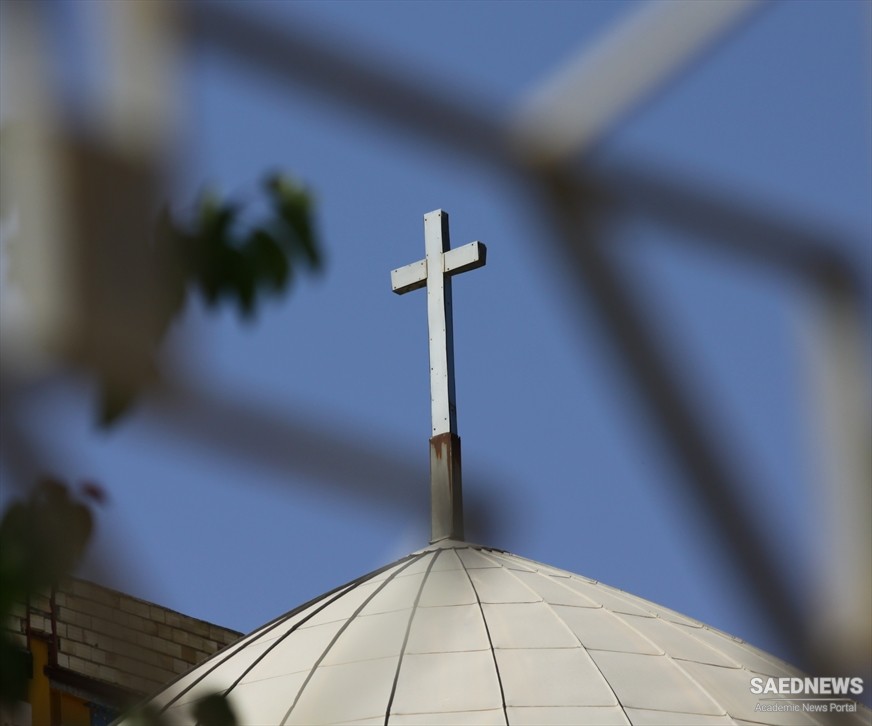Hulagu (1256-1265) had managed to subdue Iran entirely and destroy the forces of the Ismailis, the Kurds, the Lurs and of all other rebel elements in the area. He started off in 1253 ordering the various rulers of Iran to come to his assistance, and threatening that those who failed to do so would suffer the consequences. He conferred the command of his army on Kitbuqa, a Nestorian Uighur, who remained at the head of the Mongol army until his death at the battle of Ayn Jalut. The Mongols were fighting in unison, as for the time being it was in the interest of all of them. Hulagu received contingents from all over the Empire, including the Golden Horde, and assailed the fortresses of the Ismailis.Baghdad was Hulagu’s next target. Having heard of the Christians’ influence, the Caliph al-Musta'sim sent the Catholicos Marikha II (Patriarch of the Nestorian Church) to intercede on his behalf. Indeed, Hulagu’s mother, Sarghaghtani Beki was a Christian, and so was his wife Doquz Khatun. Both were influential women, and on this occasion, Doquz Khatun could have met the Catholicos and upon his request supported the Caliph. However, there was no reason for her to do so. It was the life of the Caliph that was at stake, not that of Christians. Thus, shortly after the fall of the city, in 1258, Hulagu had the Caliph slain. Berke, who had recently converted to Islam, now had the pretext he had been waiting for to break his relations with Hulagu. He ordered his troops to leave Hulagu’s army. There is reason to believe that Berke’s decision was not solely based on his religious beliefs, but also on his territorial ambitions in the Caucasus and Azerbaijan controlled by Hulagu.
During Hulagu’s Il-Khanate or more precisely, before the conversion of the Mongols to Islam, religion and political interest were still strongly interrelated. Until 1295, the Mongol rulers of Iran were neither Christian nor Muslim, but it is noteworthy that the political circumstances prompted them to favour different religious factions. This was particulary evident during the sack of Baghdad. According to the sources, the lives and possessions of the Christians of Baghdad were spared, and apparently, the Shi'ite population was also spared the carnage suffered by the Sunnites of the city. The Mongol army included a large Christian contingent, mainly Georgians. The Mongols did not have to beg for their assistance, as the Georgians had suffered tremendously from the cruelty of the Muslims during the invasion of Jalal al-Din Khwarazmshah a few decades earlier. Their churches had been razed and the population of Tiflis massacred. During the sack of Baghdad, the Mongols gave the Georgians a chance to take their revenge on the Muslims. This may explain why the majority of Christians were not harmed, but in addition, Doghuz Khatun had also requested immunity for all Christians, even those who were not Nestorians like her. The Shi'ites also had an important protector in Hulagu’s entourage: the astronomer Nasr al-Din Tusi. He, along with al-Musta'sim’s Shi'ite vizier, Ibn al-Alqami, encouraged the execution of the Caliph, but asked that the Shi'ites be left unmolested.


 Persia and Islamic Culture: Persian Share of Cultural Life of Islam
Persia and Islamic Culture: Persian Share of Cultural Life of Islam














































